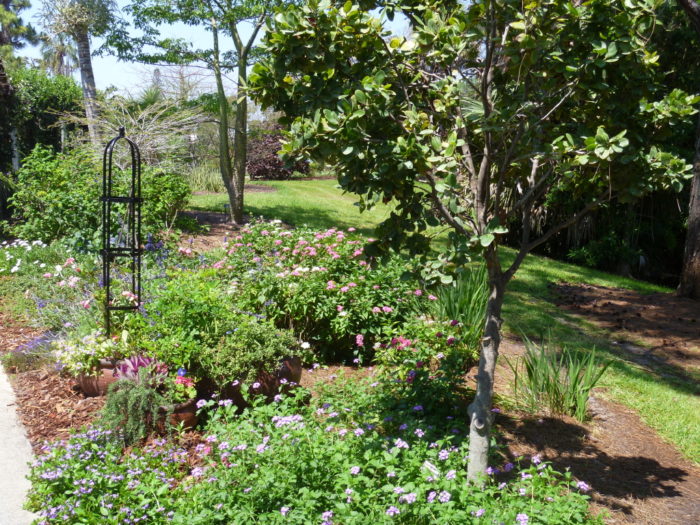
Today’s photos are from Kim Hewitt and Bobbie Blythe in West Palm Beach, Florida. Bobbie says, “A cottage garden in Florida may sound like a contradiction in terms. Here in zone 10 we are not known for our feathery astilbes or airy drifts of poppies. But there we were, two newly-minted Master Gardeners, looking for a project.
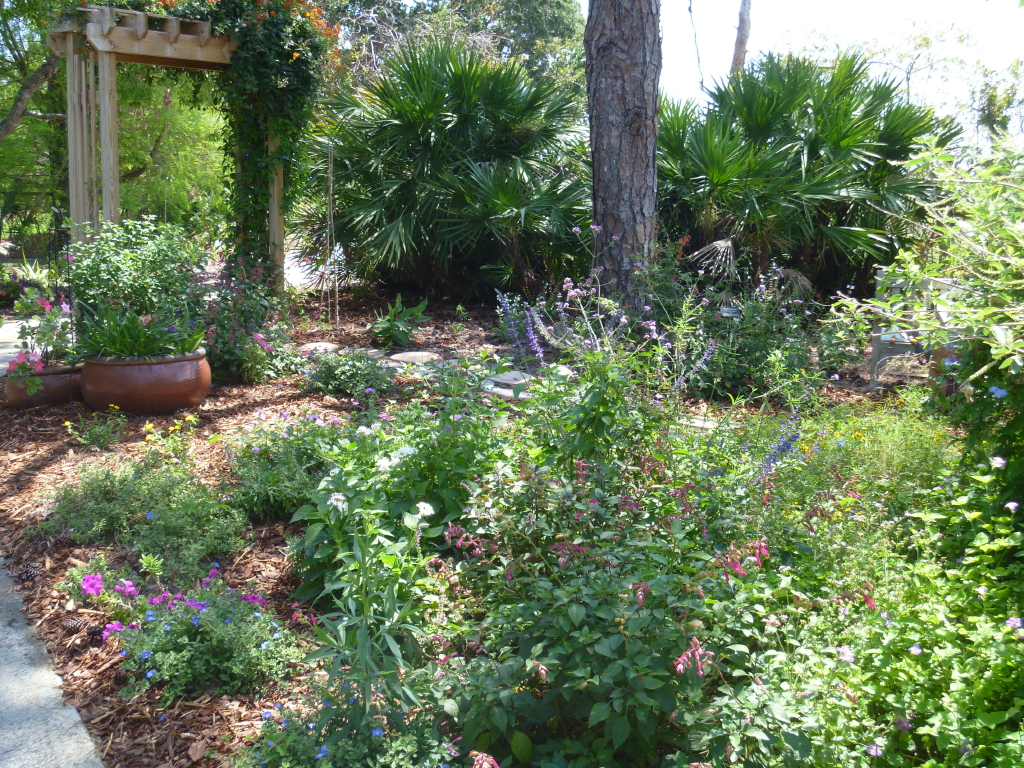
Photo/Illustration: Courtesy of Kim Hewitt and Bobbie Blythe
“Kim Hewitt and I became friends during a Master Gardener course at the Mounts Botanical Garden in West Palm Beach, Florida. The last day of the 12-week course, the director of the garden addressed the new graduates and invited us to look around the garden for an underused area, draw up a proposal for that plot of ground, and make it our own. That gave us a challenge and a way to work together on a project that would benefit the botanical garden. The 14-acre Mounts Garden already incorporated various garden sections designated for specific types of plants, but none of these gardens represented a particular style of garden. Rather, they focused on a plant grouping: shade plants, edible plants, butterfly attractors, edible herbs, scented plants, etc.
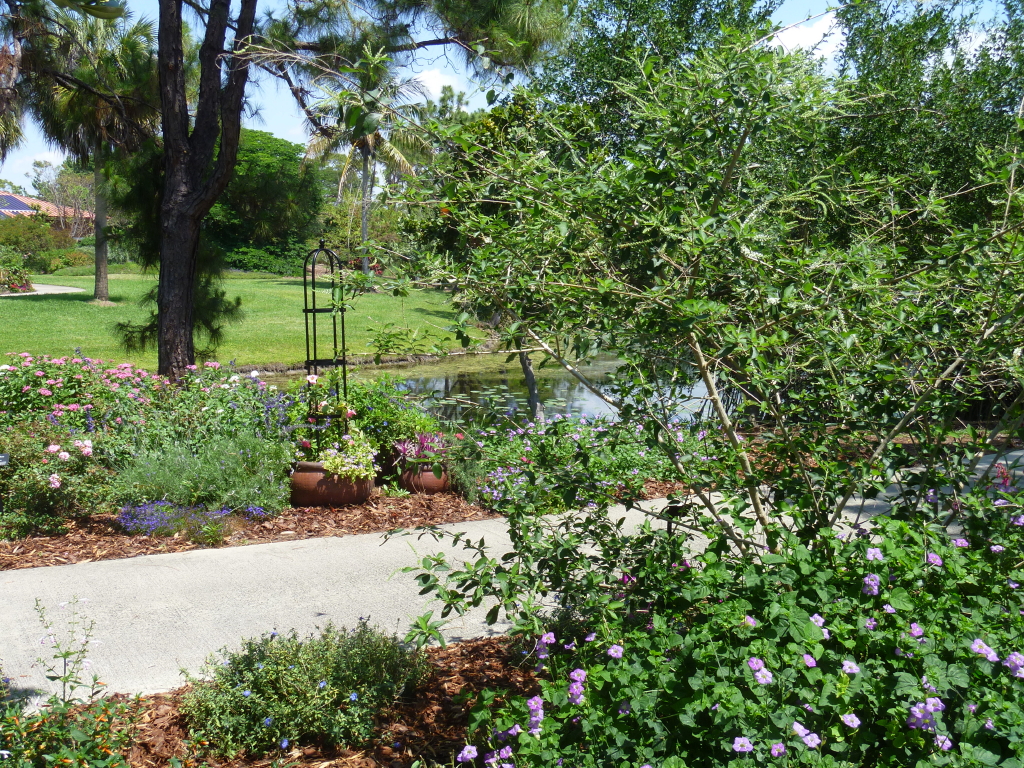
Photo/Illustration: Courtesy of Kim Hewitt and Bobbie Blythe
“So, we decided to attempt a cottage-style garden. This required substituting many of the traditional cottage plants for those that would grow for us in the subtropics and be appropriate to the overall look we were trying to achieve. This meant rigid editing of our subtropical and tropical plant materials. The big dramatic forms that are iconic to the tropical look were out: No bananas, palms, elephant ears, caladiums, gingers or heliconia. Instead we looked for smaller leaves and less-bulky forms. We used whatever plant groups would fit in with our vision — perennials, annuals, herbs, vines, small trees, and groundcovers. Color and scent were important. A meandering path, a bench, birdbath, trellises, and arbors are all elements we incorporated to build on the cottage theme.
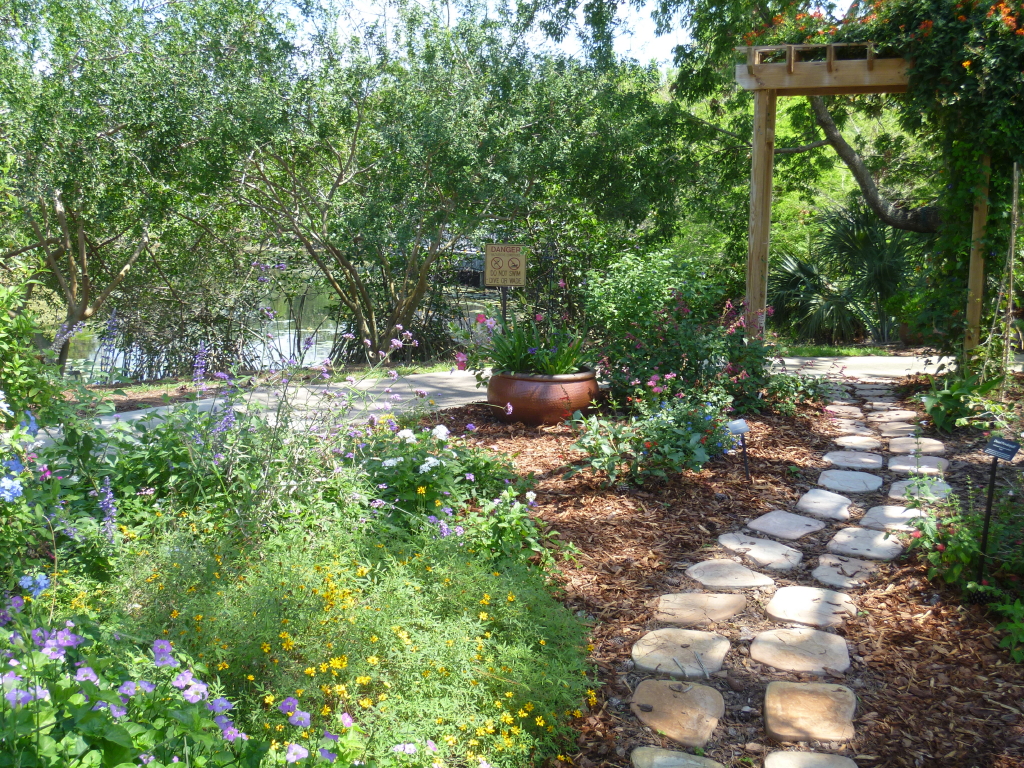
Photo/Illustration: Courtesy of Kim Hewitt and Bobbie Blythe
“Our garden is young — we’ve only been at it for two years and we are still working toward filling in spaces to create the lush, closely-planted floral atmosphere that characterizes the cottage garden. We are trying to create eye appeal by using plants at various levels, including vines on obelisks and arbors to give us vertical interest and sprawling plants such as purple-flowering Spanish shawl (Heterocentron elegans) and fan flower (Scaevola ‘Whirwind Blue’) for ground cover.
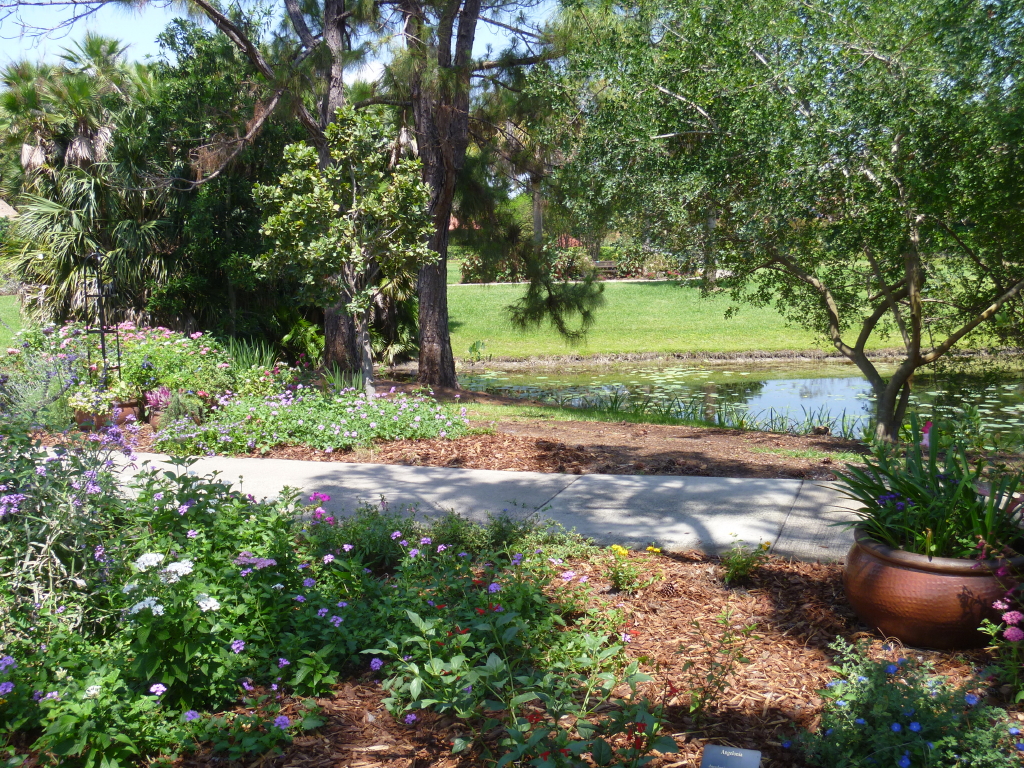
Photo/Illustration: Courtesy of Kim Hewitt and Bobbie Blythe
“For summer color in Florida, gardeners often count on big colorful leaves such as variegated gingers, caladiums, coleus or elephant ears instead of flowers to give us pattern and color. Since we’ve eliminated these tropicals from our cottage garden, Kim and I are relying on other summer workhorses to get us through to fall: Pentas (P. lanceolata); various salvias, especially the annual tropical sage, S. coccinea, which has white, pink and red forms; lion’s ears (Leonotis leonarus); blackberry lily (Belamcanda chinensis); shrub roses; Ganges primrose (Asystasia gangetica); flamingo feather (Celosia spicata); four-o’clocks (Mirabilis jalapa); and yellow cosmos (C. sulfureus). We have even found a native plant (Iresine diffusa) that has flax-colored plumes very reminiscent of astilbe.
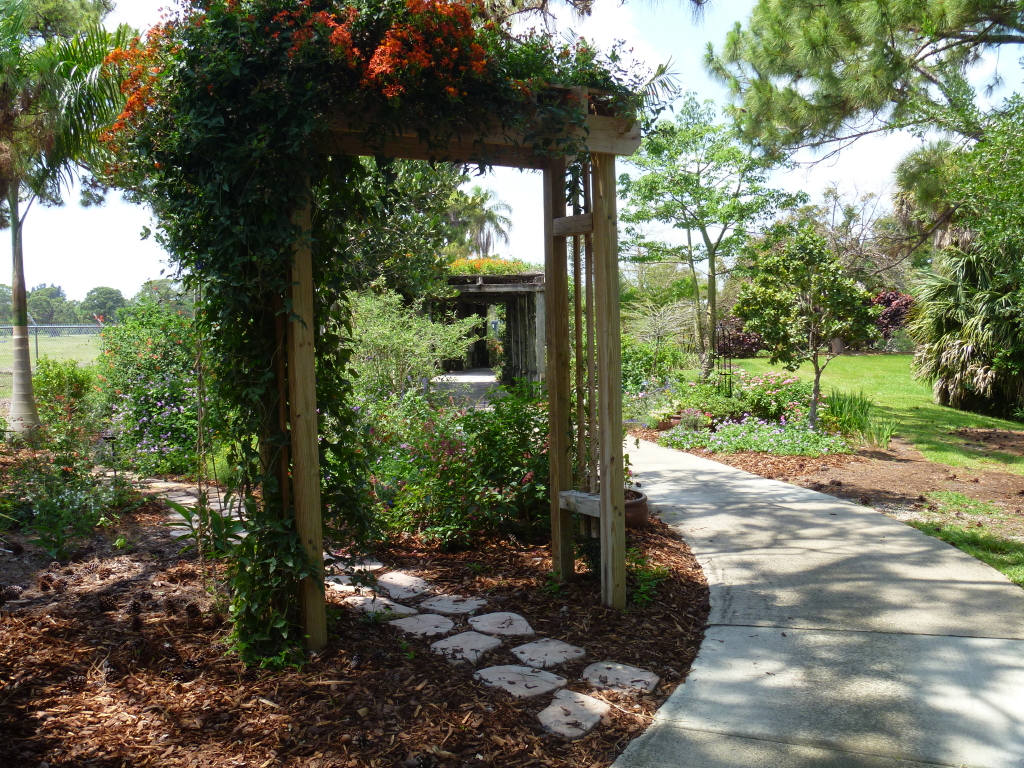
Photo/Illustration: Courtesy of Kim Hewitt and Bobbie Blythe
“Our challenges include the never-ending planting season in Zone 10. Many plants that are perennial in temperate zones don’t last through our muggy summers. So we are constantly changing out perennials and annuals that live through the winter and die out in the summer with more heat-hardy species. The shifting sun and shade conditions with each season’s change is also a factor. A plant that did fine in the winter may be sun burned in the summer, while a sun-lover might decline during the winter’s change of light.
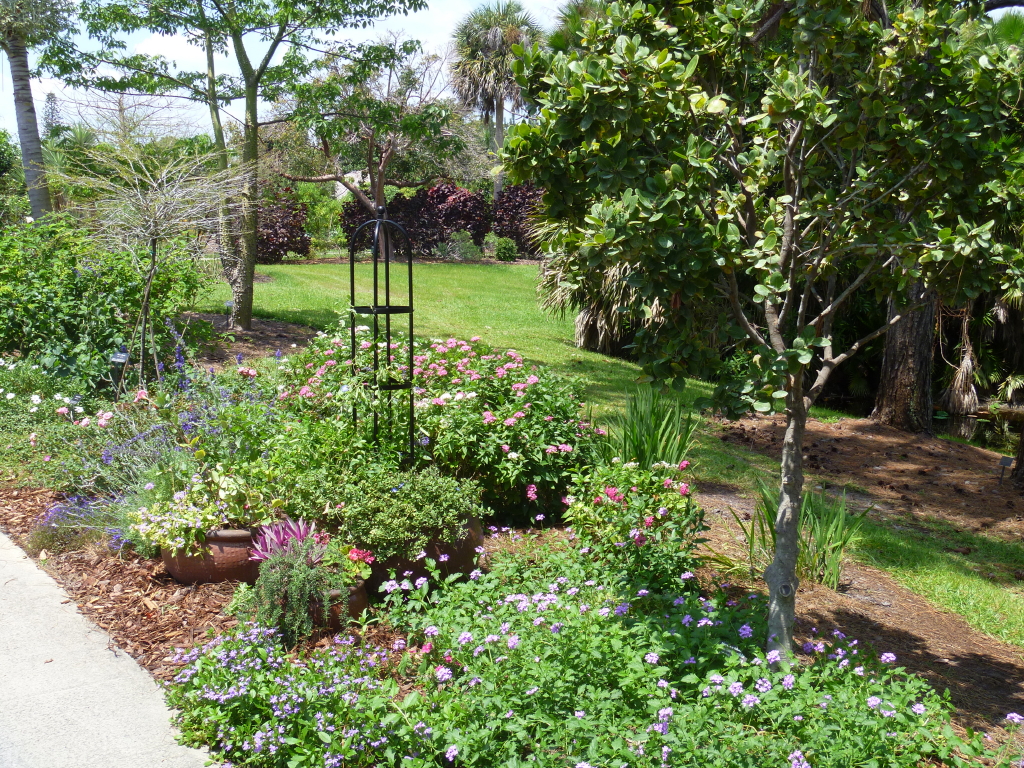
Photo/Illustration: Courtesy of Kim Hewitt and Bobbie Blythe
“Another challenge is that our theme garden is within the grounds of a public garden. There are access and safety issues that need to be respected. We also have spotty irrigation. In one particularly dry area we are trying to get beach sunflower (Helianthus debilis) to grow to give us some ground cover.
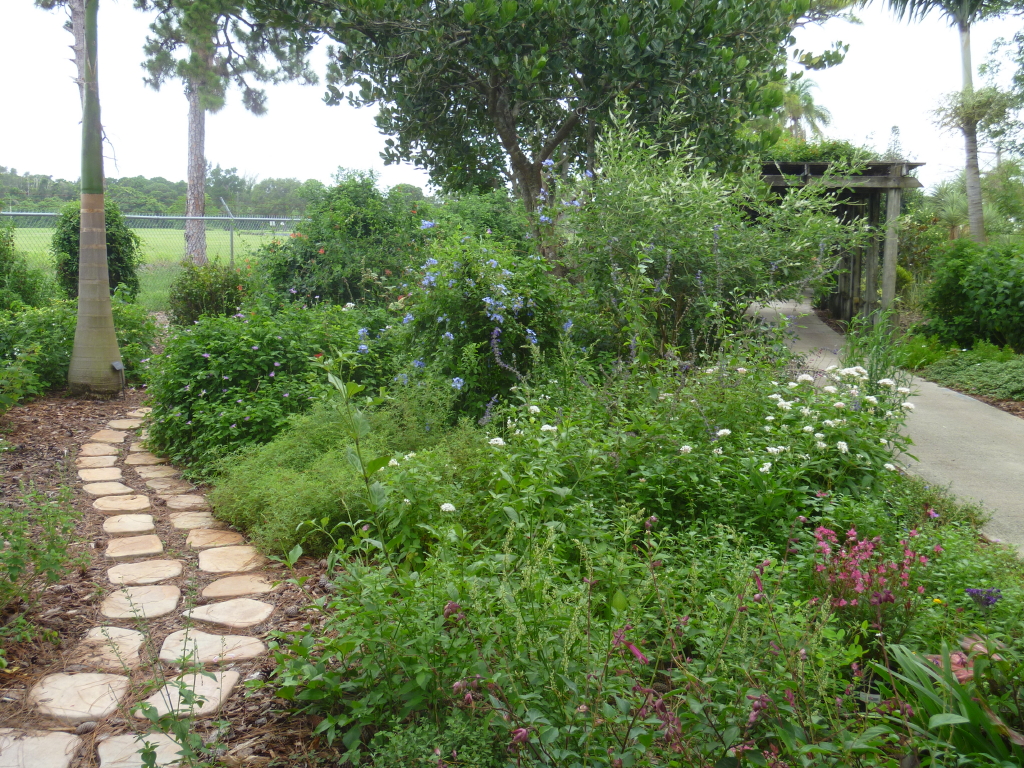
Photo/Illustration: Courtesy of Kim Hewitt and Bobbie Blythe
“We also have very little help with garden maintenance. Once a week, Kim and I make the 20-mile round trip to our garden to tackle whatever is on the agenda, which might include weeding, planting, hauling mulch, scouting for fill-in plants and, of course, endless pruning and trimming. Our next trip will include filling in some spots with some Angelonia and periwinkle (Catharanthus roseus). On one of our recent plant scouting trips we ran across an annual (with luck, a perennial) new to our area. Otomeria is an East African native with dainty foliage and clusters of small flowers (white, rose or red forms) that looks suitable for a cottage-type plant. Otomeria is touted to withstand high heat and is drought tolerant. We’ll see how it takes to high humidity as well!
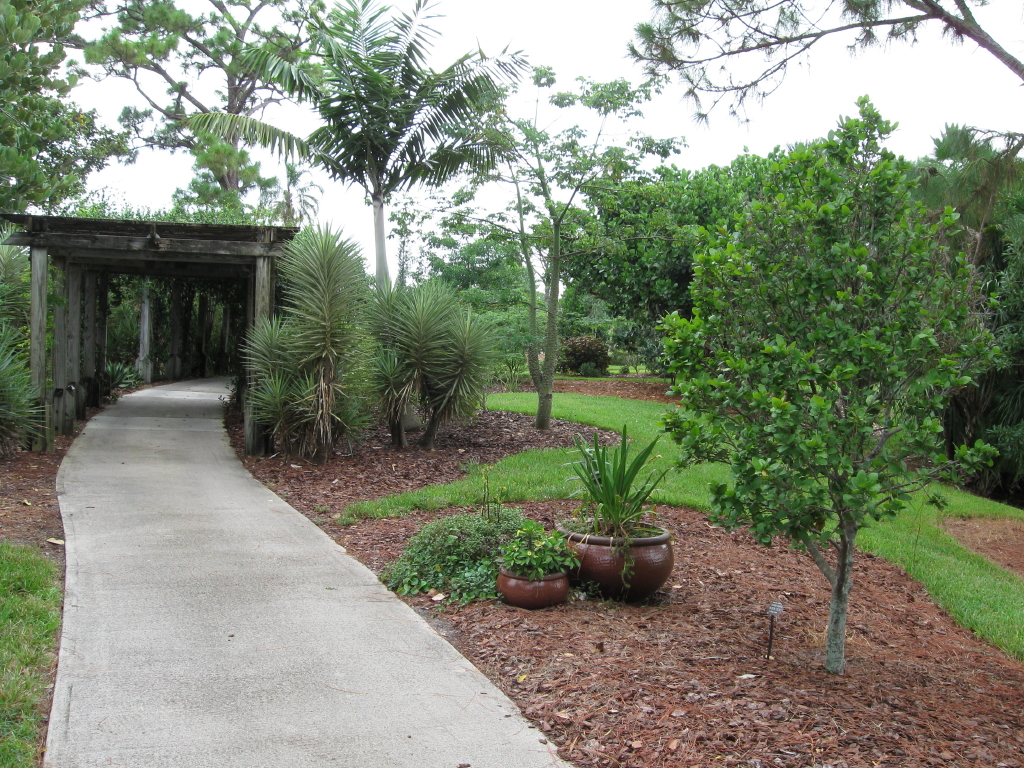
Photo/Illustration: Courtesy of Kim Hewitt and Bobbie Blythe
“Every garden is a work in progress and ours is certainly that, but we are gratified that people are stopping by our area and asking if it has a name. With any luck, we will soon have a sign letting visitors know that this is, indeed, The Cottage Garden.” So, so great, you guys! I am inspired by your ingenuity!
**GreenGrowler–I’m so glad you’re safe!!**
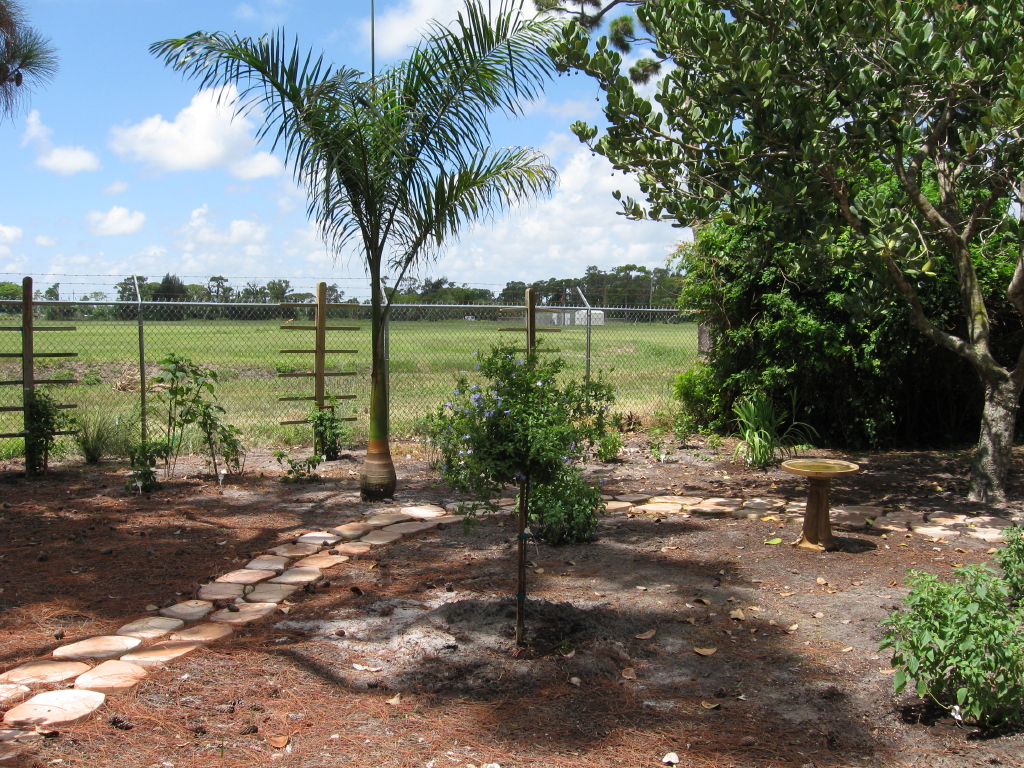
Photo/Illustration: Courtesy of Kim Hewitt and Bobbie Blythe
Want us to feature YOUR garden in the Garden Photo of the Day? CLICK HERE!
Want to see every post ever published? CLICK HERE!
**Check out the GPOD Pinterest page, where you can browse all the post in categories…fun! CLICK HERE!**
Fine Gardening Recommended Products

A.M. Leonard Deluxe Soil Knife & Leather Sheath Combo
Fine Gardening receives a commission for items purchased through links on this site, including Amazon Associates and other affiliate advertising programs.

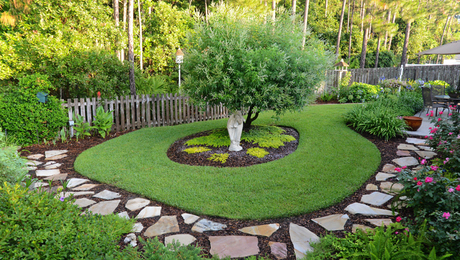
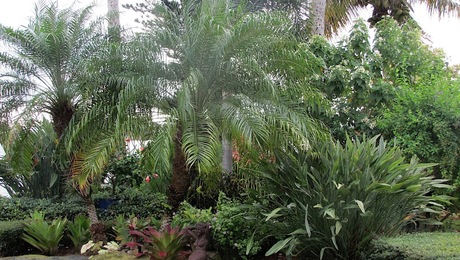
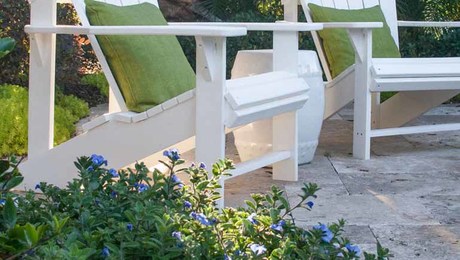
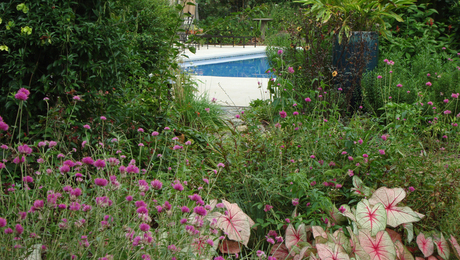













Comments
Kim and Bobbi, you are two remarkable ladies with a love for gardening that goes above and beyond. What a wonderful way to grow a friendship as well as a charming garden to share with the public. I'm so glad you included some before shots. The once almost bare area is now a delightful feast for the eyes and other senses as it beacons visitors to literally get off the well traveled path and enjoy a delightful diversion.
Great job on the arbor( I have a serious case of Mexican Flame vine envy)and making your stone pathway so inviting.Yes, you definitely have earned your sign!
Beautiful! You've done a wonderful job and making this your cottage garden!
Wow! A cottage garden in South Florida. What a challenge! I am so impressed with what you have done and know how much work this is to maintain. Cottage gardening is what I love, but I am in Minnesota! I am going to be moving to your area however and I am going to have to change my ways a bit! Thanks for sharing your beautiful work!
Lynne
What a grand project, I love it. Your cottage garden has already progressed quite a bit, appears to only need final grooming. No cottage garden is complete without some food crop, perhaps a small raised bed strewberry patch would do well. And for interest, and if space permits, it may be possible to include: http://www.mirlitons.org/growing-guide.html
And a cottage garden needs a small shed, perhaps Michelle would supply a set of plans.
Without seeing the palms, I would have mistaken your garden for a northern garden, a very good resourceful work. When you do put up your cottage garden sign, you might consider adding a helping note underneath saying, "Ignore the palms".
The arbors really invoke the cottage-feel; without looking really close, one wouldn't know the garden lives in Florida. Very successful project!
ShielaS: glad your sister is safe; she must live near me - is she a gardener, too? I will make every effort to motor north in Aug to meet you & see your glorious pots & garden :-)
Log in or create an account to post a comment.
Sign up Log in